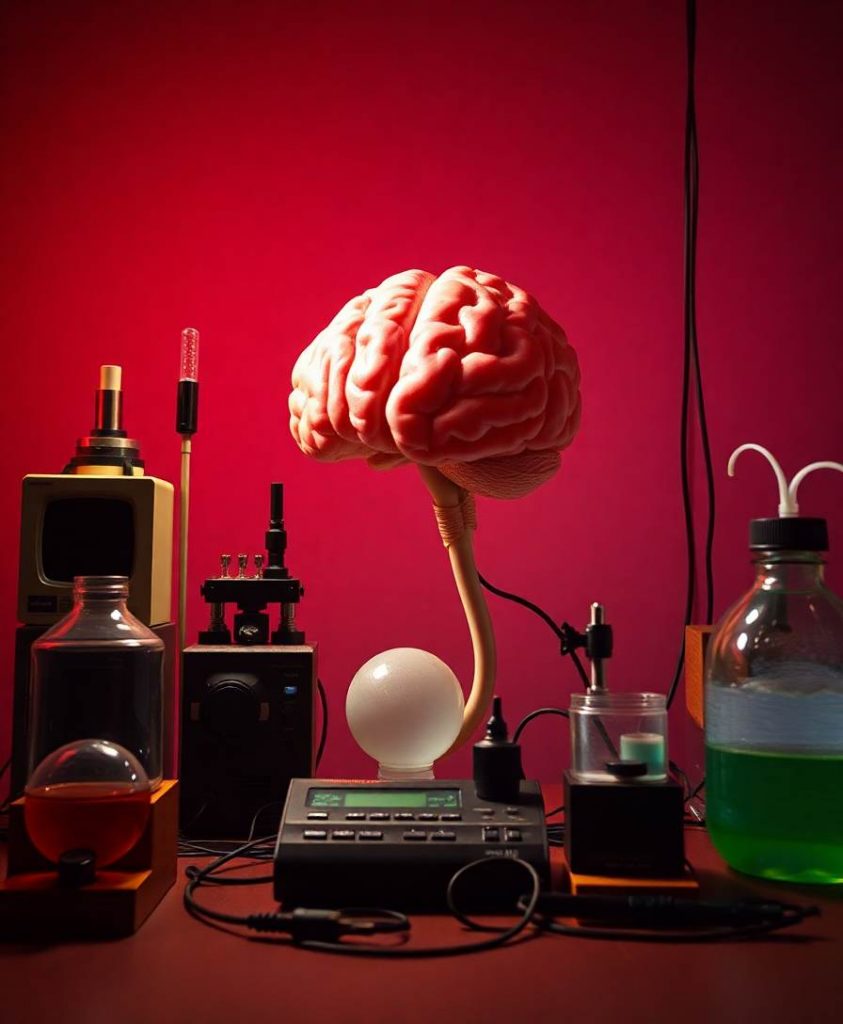Concepts lie at the core of scientific activity [1]. Psychologists investigate, describe, and treat ‘schizophrenia’ and ‘major depressive disorder,’ whereas chemists study and manipulate ‘calcium,’ ‘iron,’ and ‘helium.’ Concepts drive disciplinary specification, guide data collection, and serve as the building blocks for theories. Concepts determine how scholars communicate scientific findings and generalize them. ‘Schizophrenia’ treatments are applied to ‘schizophrenia’-diagnosed patients, but not to attention-deficit/hyperactivity disorder (‘ADHD’)-diagnosed patients.



